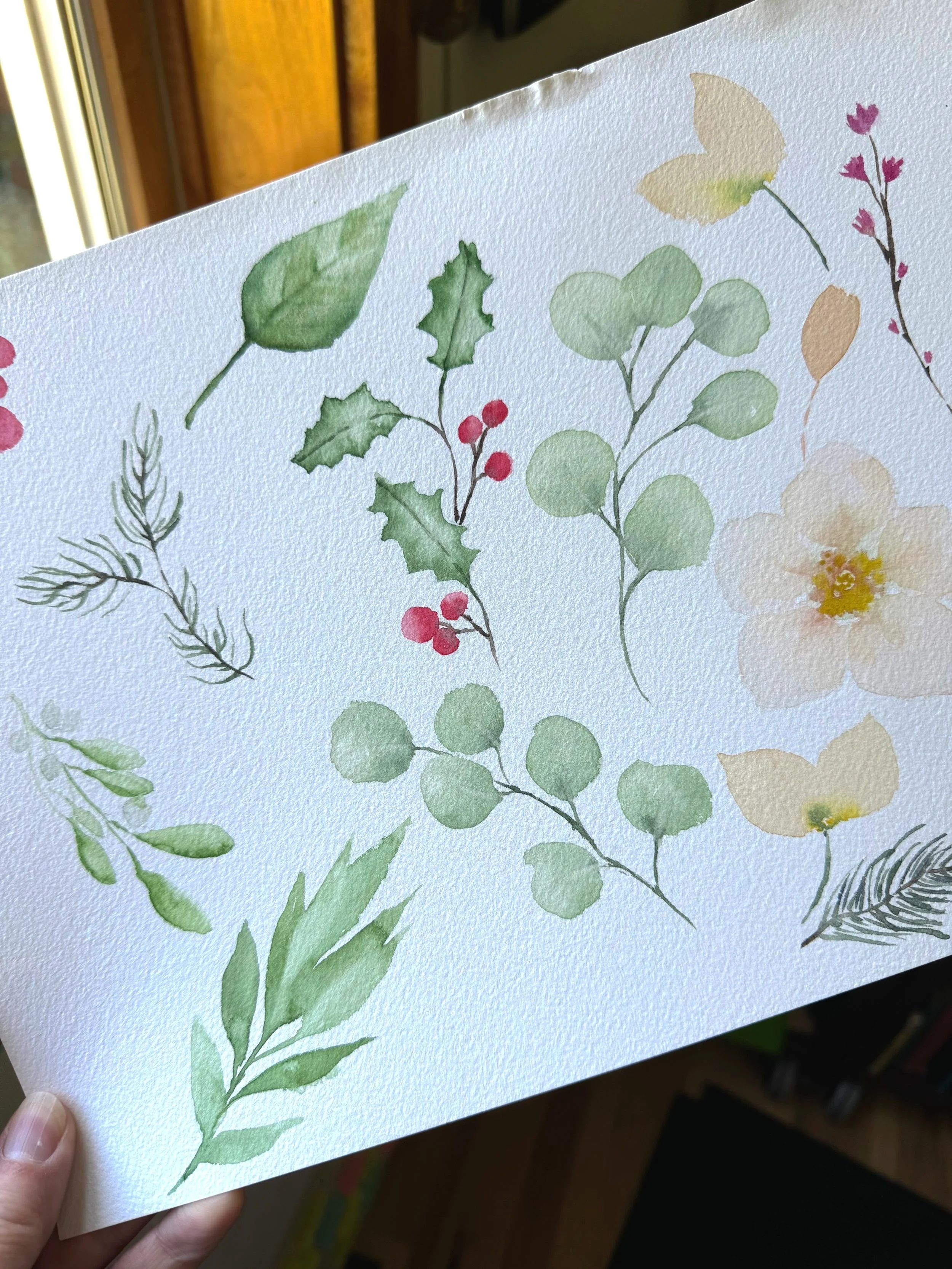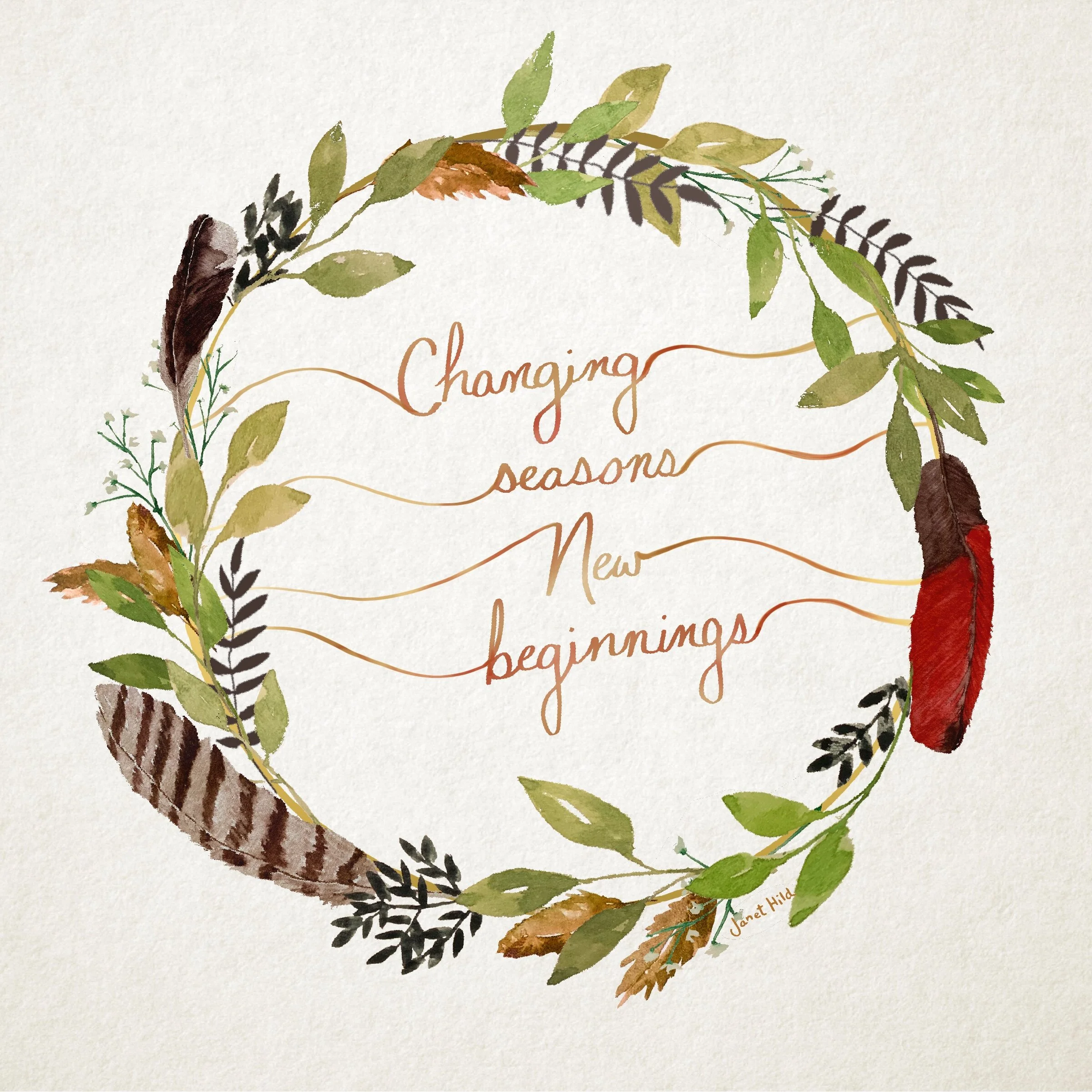New ornaments introduced for the holiday fairs
Read MorePattern development from nature
Read MoreHow the Butterfly Trellis Collection came to be
Read MoreCreating a print series for my Etsy shop
Read MoreCreating an Autumn Leaves placement print
Read MoreA brand new blog with a watercolor painting to commemorate the process
Read More







